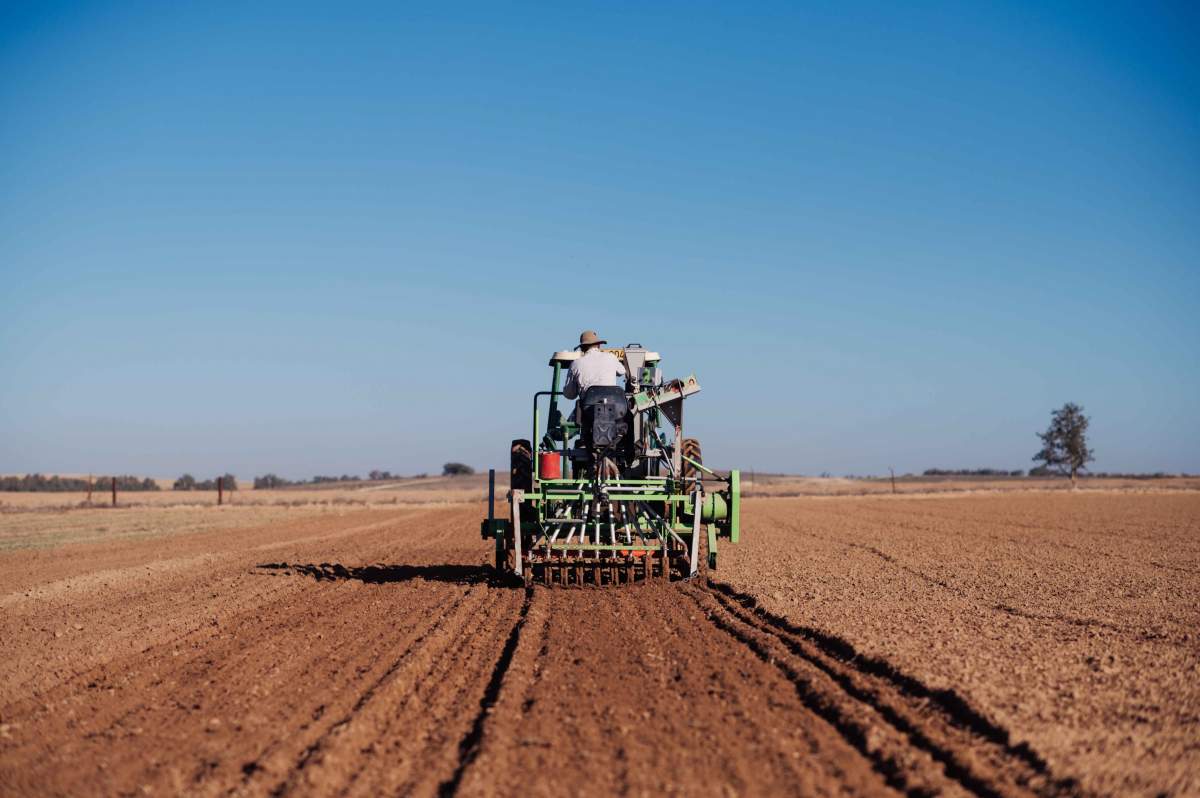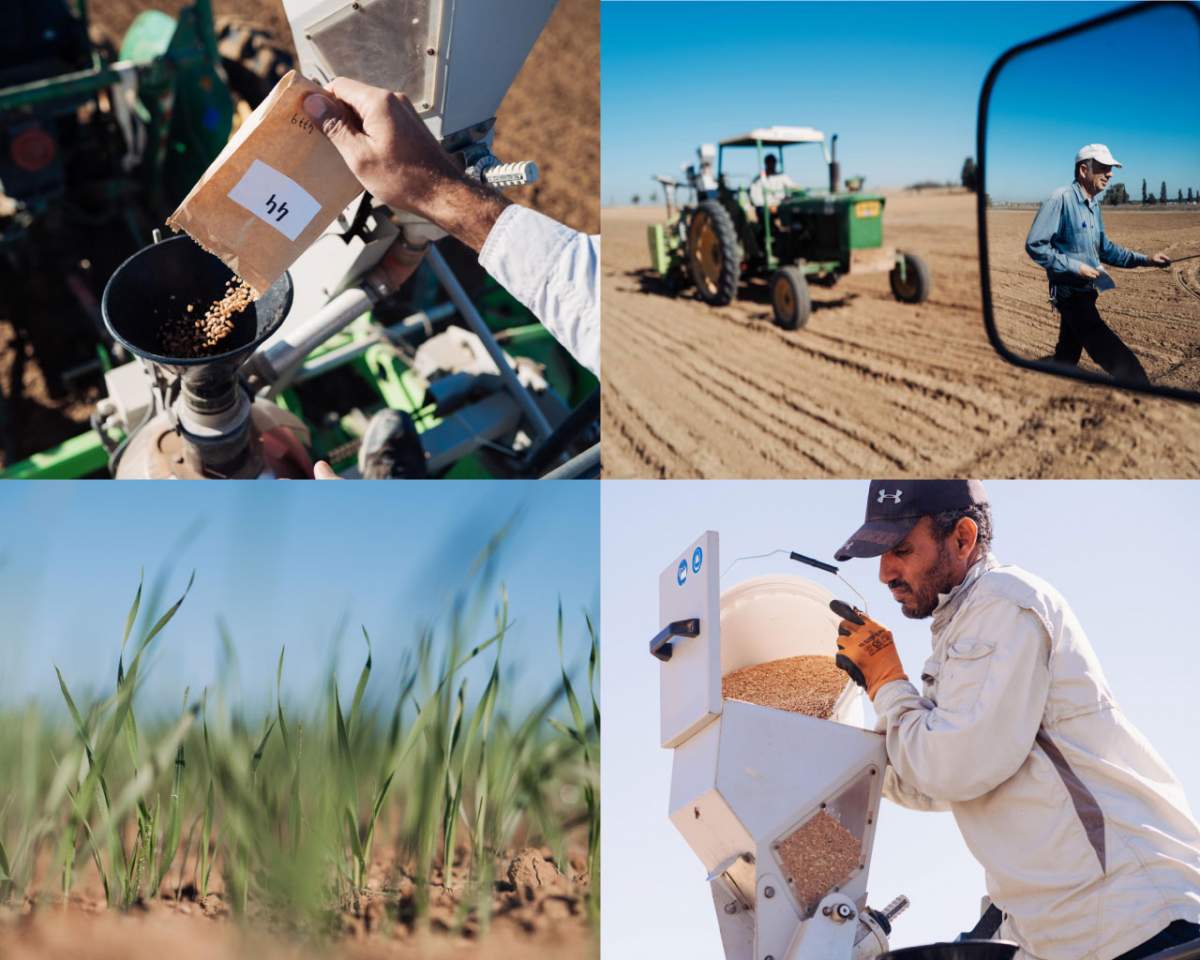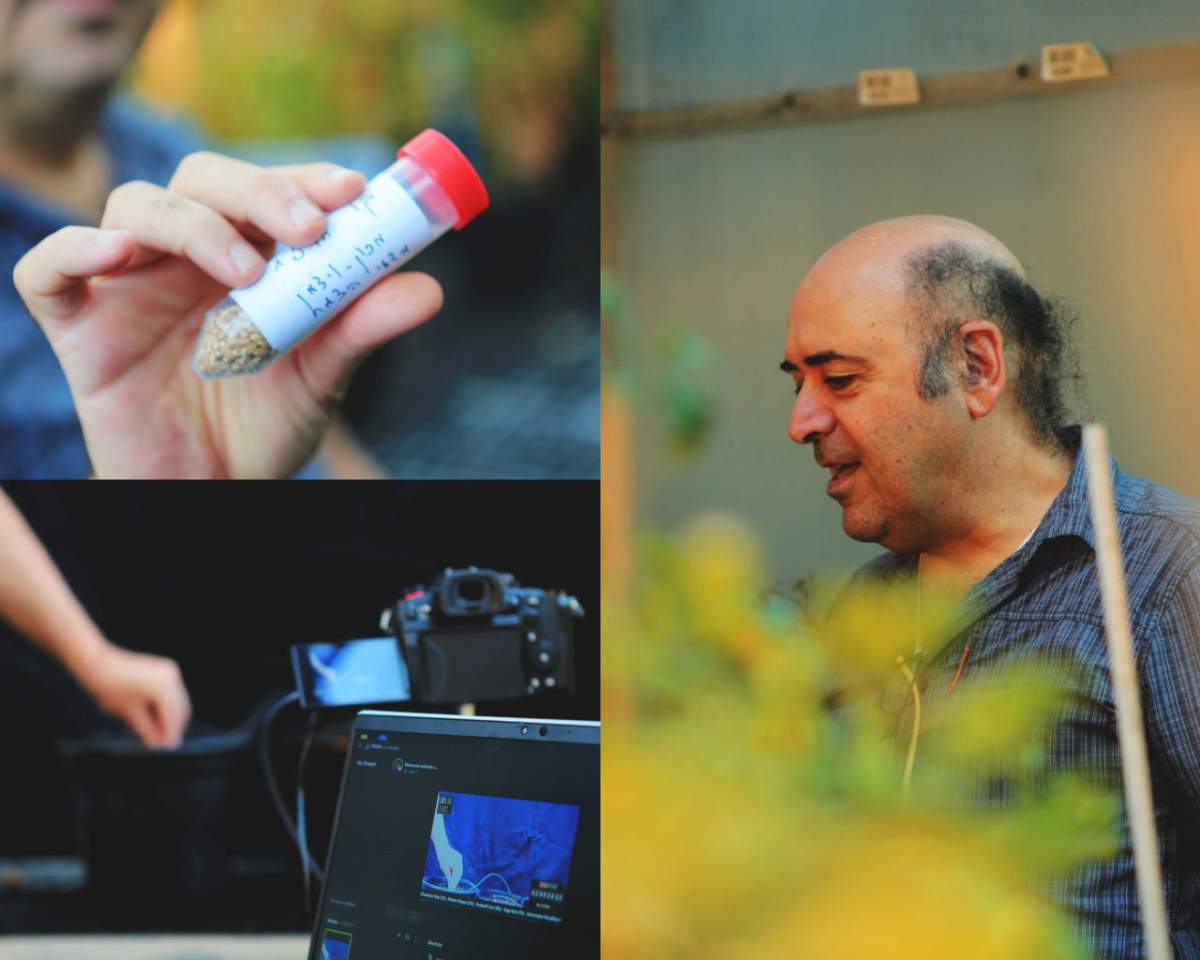עיתונאיות ועיתונאים, הירשמו כאן להודעות לעיתונות שלנו
הירשמו לניוזלטר החודשי שלנו:
As they have done over the past decade, Prof. Avraham Levy and Naomi Avivi-Ragolsky of the Weizmann Institute of Science planned to conduct a field experiment with wheat this year at the Gilat experimental station, the southern branch of the Agricultural Research Organization of Israel’s Ministry of Agriculture, near Ofakim in the northern Negev. Among its other goals, the experiment was to address an ongoing dilemma in plant science: Is a “local hero” wheat variety, one adapted to the region’s environmental conditions, preferable to a “generalist,” a variety adapted to a broad range of conditions?
But on October 7, that entire region turned into a war zone in the wake of the Hamas attack on Israel. Hundreds of rockets were fired from Gaza to the northern Negev; much of the wheat-growing region, known as Israel’s granary, was devastated, and its civilian population was displaced. Among the casualties of the massacre was the agronomist Ze’ev Hacker, head of field crops at Kibbutz Be’eri, who in previous years had assisted Levy with the field experiments. Hacker and his wife, Zehava, were murdered by terrorists who infiltrated the kibbutz. Be’eri members recall that “Ze’ev was a quintessential farmer. . . . Many people working in agriculture came to learn from him or ask for his advice. He never tired of working the land, sowing, irrigating and reaping. Even after retiring at 70, he continued to be involved in work in the fields on a daily basis.” When kibbutz members evacuated from Be’eri visited Weizmann recently, Levy shared with them his own memories of working with Hacker.

Undeterred and perhaps even emboldened by the harsh circumstances, Levy and Dr. David Bonfil from the Gilat station decided to conduct the experiment at Gilat as planned, as a symbol of renewal and resilience in the face of adversity. In November, when fighting in Gaza was still in full swing, the researchers proceeded with the wheat sowing. “This is our way of showing that we never give up,” says Levy, who has been studying wheat for over 40 years.
The experiment is part of a broader theme in Levy’s lab in Weizmann’s Plant and Environmental Sciences Department: improving cultivated wheat through studying and harnessing the biodiversity of wild wheat, particularly wild emmer wheat, known in Hebrew as em ha’hita, “the mother of all wheats.” It was discovered in nature near Rosh Pina more than 110 years ago by Aaron Aaronsohn, a pioneer of scientific research in Eretz Israel and head of the NILI espionage network.
""This is our way of showing that we never give up," says Levy, who has been studying wheat for over 40 years
Levy’s lab creates technologies for the precise transfer of beneficial genetic traits from wild species to cultivated varieties, using advanced genomic methods. The traits of interest found in wild wheat include the ability to grow with reduced amounts of fertilizers, and resistance to heat, drought and disease. These can help wheat crops adapt to new conditions, which is particularly crucial in light of the environmental crisis that endangers the food supply on our planet.

Yet another valuable trait that can be transferred from wild species is improved nutritional value. For example, during his PhD studies under the guidance of Prof. Moshe Feldman at the Weizmann Institute, Levy had characterized the wild emmer wheat genes responsible for the greater protein content of its grains, as compared to cultivated varieties.
The Weizmann Institute’s research on wheat and the tenacity of the northern Negev’s farmers in the wake of the Hamas rampage inspired a Weizmann media initiative that calls for a return of the hostages being held in Gaza. It consists of a 24/7 live stream, #TheWheatGrowsAgain, that documents wheat growing in a Weizmann greenhouse, alongside a list of the hostages’ names and ages and a clock counting the time that has passed since their abduction by Hamas.
The live stream aims to raise international awareness of the hostage crisis. “With each passing day, resolving the hostage situation becomes increasingly critical. Every moment counts, and we must not lose the sense of time,” says the accompanying text.
Growing wheat was chosen for the live stream partly because of its cultural reference to “The Wheat Grows Again,” one of Israel’s most iconic memorial songs. Written after the Yom Kippur War by Kibbutz Beit Hashita member Dorit Tzameret, it symbolizes hope and endurance, even after tragedy and loss.

The love of wheat has led Feldman and Levy to coauthor a book devoted entirely to this cereal, which nourishes more than half of the world’s population. The recently published Wheat Evolution and Domestication covers a century of research on wheat genetics and evolution, starting with the 1918 discovery of the accurate number of chromosomes in the wheat genome. The 670-page volume can be viewed as a sort of encyclopedia of wheat: It deals not only with 31 plant species in the wheat group but also with their more distant relatives. Topics range from the history of wheat domestication, which began over 10,000 years ago, to unique aspects of the wheat genome and suggestions for its future improvement.
“Wheat does much more than human beings do,” says Feldman, explaining why certain wheat varieties have so many genes – some 120,000, about five times more than the human genome. “For example, wheat generates carbohydrates, whereas humans get these nutrients from food. Unlike us, wheat needs to communicate with soil through its roots. And different wheat varieties grow throughout the world, so they need genes to help them adapt to diverse conditions.”

Feldman has studied wheat for some 60 years since embarking on doctoral studies on the evolution of wild wheat in 1960. Recently turned 90, he continues to collaborate with Levy, who had joined his new lab at Weizmann as a student in the early 1980s and stayed on as a colleague.
Feldman and Levy decided to offer their book online as an open access resource via a link from the website of its publisher, Springer. Within the first month, it was downloaded more than 10,000 times. “We wanted to make it freely accessible, not only to wheat researchers and breeders but to all plant scientists and students,” Levy says.
Prof. Avraham Levy is the incumbent of the Gilbert de Botton Professorial Chair of Plant Sciences.